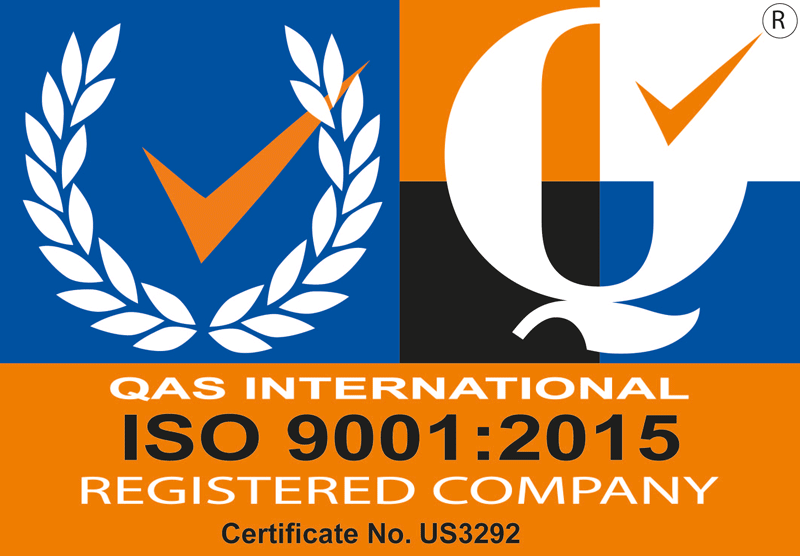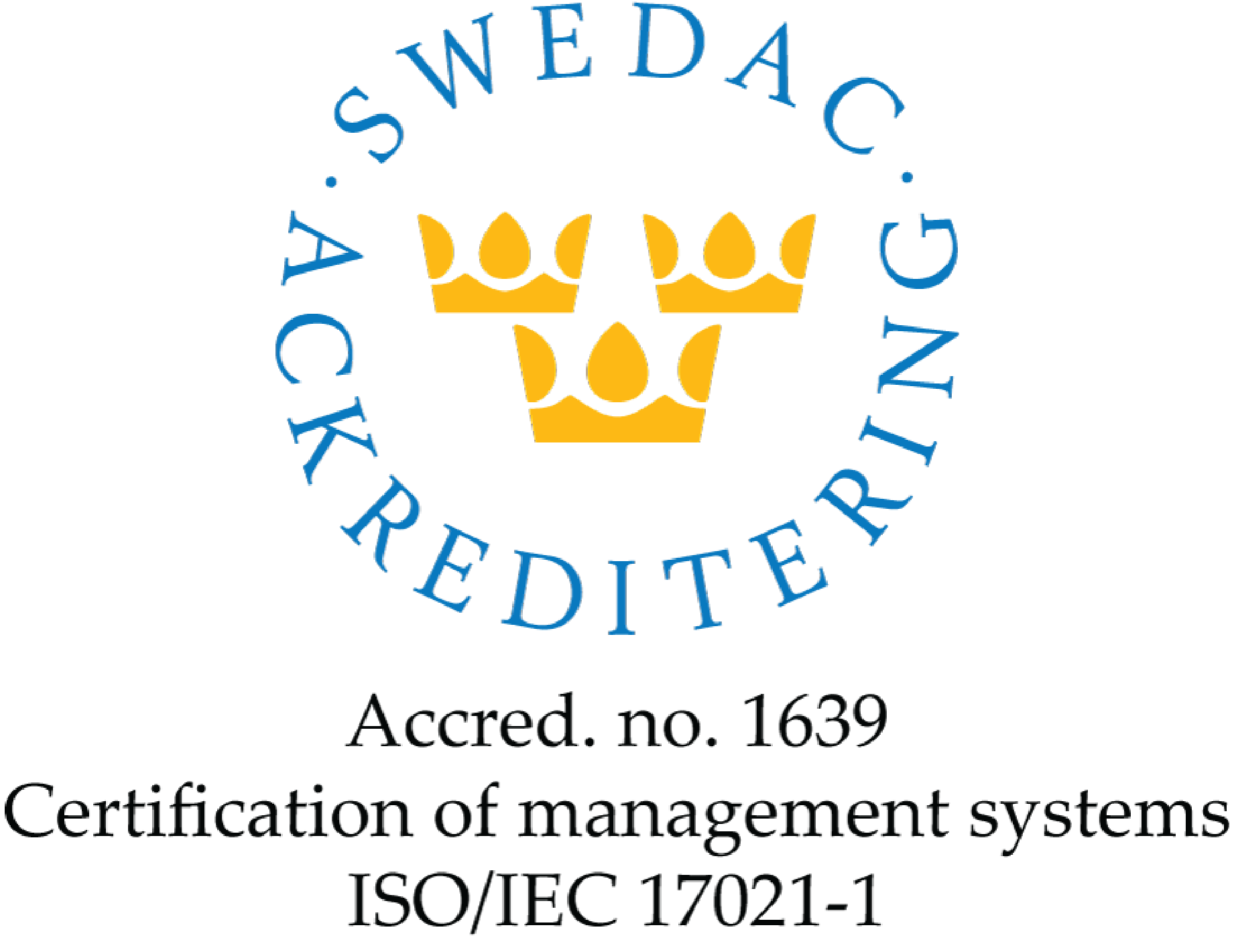A Battery Buyer’s Guide: Tips for Buying Quality Battery Packs and Cells
When a battery company is talking about a battery pack, they are referring to a collection of cells electrically connected in an array enclosed inside a housing of some kind with a connector and a circuit board attached.
Most battery companies would agree that this is a battery pack.
Visualize a power tool battery pack, which is basically a black box with LEDs and electrical contacts attached. If you were to take a battery pack apart, you would find inside a collection of single cells connected together. A cell is a single electrochemical unit, which when connected to other cells, forms the battery pack.
The best visualization for a cell is the commonly available AA cells that are used in a TV remote or in a flashlight. Much confusion in the battery world occurs when the terms battery, battery pack, battery cell and cell are used incorrectly.
Once you know what you’re looking for, it’s best to consult an expert on how to navigate the battery market.
Here are our top tips for buying quality battery packs.
- Always use cells and batteries from well-known reputable firms, with a known fixed address and as many certifications as possible. Battery companies with certified battery packs (UL, IEC, PSE, ATEX, etc.) typically have higher build qualities. Very inexpensive cells and batteries purchased on the internet from companies with no certifications are problematic and can result in a catastrophic event.
- Be aware that counterfeit batteries exist all over the internet, and many are of very poor quality.
- Always determine a battery’s operating window and warn customers to only use it inside its operating window. Batteries used outside their operating window can lead to catastrophic failure.
- Always use components suited to the intended application. Connectors designed to function for low currents should not be used for high current applications. Connectors designed as single-use connectors should not be used in an application where many plug-ins and pull-out cycles will occur.
- Use a hard case enclosure. Hard case enclosed battery packs are generally more robust and resilient and maintain more consistent ‘form and fit’ characteristics.
- For rechargeable battery packs, always choose a high-quality charging system that is correctly matched to the battery type. A low-quality or mismatched charging system can lead to as many problems as low-quality cells.
- Do not be in a rush to have your product designed and made. High-quality designs take time.
- Finally, always leave time in your schedule for testing and validation. Untested, unvalidated battery packs inevitably lead to customer returns and complaints.
Have more questions? Our design team at Excell Battery is ready to assist with developing your power solution.




